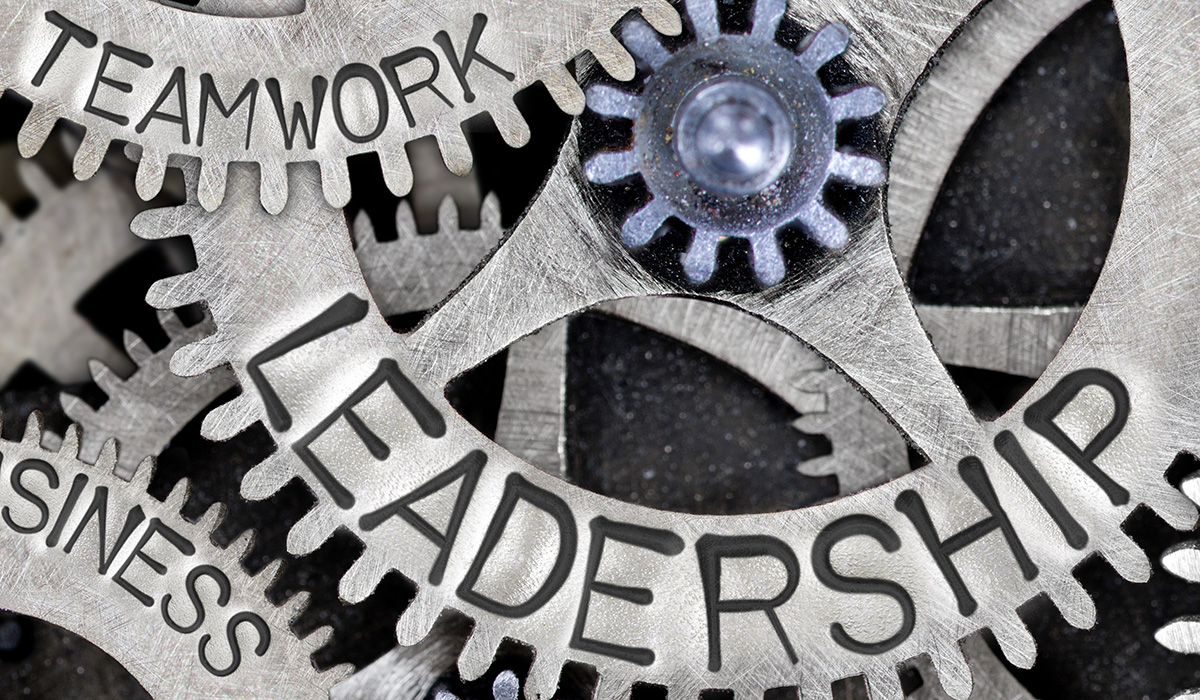Senior Leadership Coaching: A Guide to Executive, CEO, and Business Coaching
As the business world becomes more complex and challenging, effective leadership has become increasingly important. However, not everyone is born a natural leader, and even those who are can benefit from guidance and support. This is where Senior Leadership Coaching comes in. Here we’ll explore the process of leadership coaching, discuss the 4 C’s of coaching, outline the 7 steps of coaching, examine the 5 pillars of coaching, explore the golden rule of coaching, and review the 4 types of coaching.
What is the process of Senior Leadership Coaching?
Senior Leadership Coaching is a process in which a coach works with an executive or other senior leader to help them develop their leadership skills and achieve their professional goals. The process typically begins with a discovery session in which the coach and the executive get to know each other and establish the goals of the coaching engagement. The coach will then work with the executive to assess their strengths and weaknesses, identify areas for improvement, and create a development plan. The coach will provide ongoing support and feedback as the executive works to implement the plan, and will help the executive to evaluate their progress and adjust their approach as needed.
What are the 4 C’s of coaching?
The 4 C’s of coaching are Clarity, Competence, Confidence, and Commitment. These elements are essential to effective coaching:
- Clarity: Clear goals and objectives are essential to effective coaching. The coach and the coachee must be clear about what they are working to achieve, and how they will get there.
- Competence: The coach must be competent in the skills and techniques required to help the coachee achieve their goals. This includes knowledge of the industry, leadership theory, and coaching techniques.
- Confidence: The coach must have confidence in their ability to help the coachee achieve their goals, and must help the coachee to develop confidence in their own abilities.
- Commitment: Both the coach and the coachee must be committed to the coaching process, and must be willing to put in the time and effort required to achieve the desired outcomes.
What are the 7 steps of coaching?
The 7 steps of coaching are:
- Building rapport: Establishing a positive relationship with the coachee is essential to effective coaching.
- Assessing needs: The coach and the coachee must work together to identify the coachee’s strengths and weaknesses, and to determine the areas in which coaching can be most effective.
- Establishing goals: Clear, specific goals must be established in order to guide the coaching process.
- Creating an action plan: The coach and the coachee must work together to create a plan for achieving the established goals.
- Providing feedback: Ongoing feedback and support are essential to the coaching process.
- Evaluating progress: The coach and the coachee must regularly evaluate progress towards the established goals, and adjust the coaching plan as needed.
- Celebrating success: Recognising and celebrating achievements along the way can help to motivate the coachee and reinforce the positive outcomes of the coaching process.
What are the 5 pillars of coaching?
The 5 pillars of coaching are Awareness, Courage, Responsibility, Ethics, and Continuous Learning:
- Awareness: Coaches must be aware of their own biases, limitations, and areas for improvement in order to effectively support their coachees.
- Courage: Coaching often involves having difficult conversations and challenging the coachee to step outside of their comfort zone. Coaches must have the courage to do this in a supportive and constructive way.
- Responsibility: Coaches have a responsibility to act in the best interests of their coachees and to maintain confidentiality and ethical standards.
- Ethics: Coaches must adhere to ethical standards and guidelines to ensure that the coaching relationship is based on trust and respect.
- Continuous Learning: Coaches must be committed to ongoing learning and professional development in order to stay up-to-date with the latest coaching techniques and trends.
What is the golden rule of coaching?
The golden rule of coaching is to always put the coachee first. This means focusing on their needs and goals, and tailoring the coaching approach to meet their unique situation. Coaches must be supportive, non-judgmental, and empathetic, and must work to build a relationship of trust and respect with their coachee.
What are the 4 types of coaching?
The 4 types of coaching are:
- Executive Coaching: This type of coaching focuses on developing the leadership skills of senior executives and other leaders within an organisation.
- Career Coaching: Career coaching is designed to help individuals identify and achieve their career goals, whether that involves advancing within their current organisation or exploring new opportunities.
- Business Coaching: Business coaching is aimed at helping entrepreneurs and business owners develop and grow their businesses.
- Life Coaching: Life coaching focuses on helping individuals to achieve personal goals and improve their overall well-being and quality of life.
In conclusion, Senior Leadership Coaching is a powerful tool for developing the skills and abilities of executives, CEOs, and other business leaders. Whether you are looking to improve your leadership skills, advance your career, or grow your business, a skilled coach can provide the support and guidance you need to achieve your goals. By following the principles of clarity, competence, confidence, and commitment, and by adhering to the 7 steps of coaching and the 5 pillars of coaching, you can build a strong and effective coaching relationship that will help you to achieve your full potential.
For more information on Senior Leadership Coaching contact John at Breakthrough Leadership.
